

Harnessing the power in every breeze
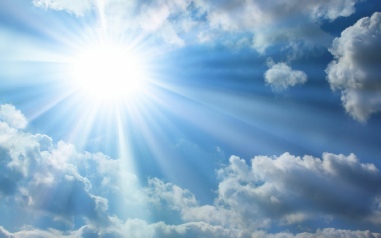
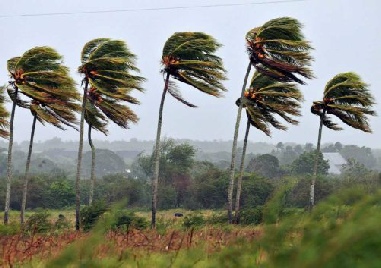


Wind is the movement of air across the surface of the Earth, affected by areas of high pressure and of low pressure.
The surface of the Earth is heated unevenly by the Sun, depending on factors such as the angle of incidence of the sun's rays at the surface (which differs with latitude and time of day) and whether the land is open or covered with vegetation. Also, large bodies of water, such as the oceans, heat up and cool down slower than the land. The heat energy absorbed at the Earth's surface is transferred to the air directly above it and, as warmer air is less dense than cooler air, it rises above the cool air to form areas of high pressure and thus pressure differentials. The rotation of the Earth drags the atmosphere around with it causing turbulence. These effects combine to cause a constantly varying pattern of winds across the surface of the Earth.
Wind power is the conversion of wind into a useful form of energy, such as using wind turbines to make electrical power, windmills for mechanical power, wind pumps for water pumping or drainage, or sails to propel ships.
Large wind farms consist of hundreds of individual wind turbines which are connected to the electric power transmission network. Offshore wind is steadier and stronger than on land, and offshore farms have less visual impact, but construction and maintenance costs are considerably higher. Small onshore wind farms provide electricity to isolated locations. Utility companies increasingly buy surplus electricity produced by small domestic wind turbines.
Wind power, as an alternative to fossil fuels, is plentiful, renewable, widely distributed, clean, and produces no greenhouse gas emissions during operation. The effects on the environment are generally less problematic than those from other power sources. As of 2011, Denmark is generating more than a quarter of its electricity from wind and 83 countries around the world are using wind power on a commercial basis.
In 2010 wind energy production was over 2.5% of total worldwide electricity usage, and growing rapidly at more than 25% per annum. In 2013, wind energy production contributed 3.4% of total global electricity usage. The monetary cost per unit of energy produced is similar to the cost for new coal and natural gas installations.
Wind power is very consistent from year to year but has significant variation over
shorter time scales. The intermittency of wind seldom creates problems when used
to supply up to 20% of total electricity demand, but as the proportion increases,
a need to upgrade the grid, and a lowered ability to supplant conventional production
can occur. Power management techniques such as having excess capacity storage, geographically
distributed turbines, dispatchable backing sources, storage such as pumped-
A wind farm is a group of wind turbines in the same location used for production of electricity. A large wind farm may consist of several hundred individual wind turbines distributed over an extended area, but the land between the turbines may be used for agricultural or other purposes. A wind farm may also be located offshore.
Almost all large wind turbines have the same design — a horizontal axis wind turbine having an upwind rotor with three blades, attached to a nacelle on top of a tall tubular tower. In a wind farm, individual turbines are interconnected with a medium voltage power collection system and communications network. Though there is high degree of acceptance for alternative, clean energy sources, public sentiment towards the conventional HAWT is becoming less positive due to growing human health issues, hazards to birds in flight, and visual impact caused by the three blade turbines.
Many of the largest operational onshore wind farms are located in the United States. As of 2012, the Alta Wind Energy Center (located in the Tehachapi Pass, California) is the largest onshore wind farm in the world at 1,020 MW, followed by the Shepherds Flat Wind Farm, in eastern Oregon (845 MW), and the Roscoe Wind Farm, near Roscoe, Texas (781.5 MW). As of September 2012, the Sheringham Shoal Offshore Wind Farm and the Thanet Wind Farm in the United Kingdom are the largest offshore wind farms in the world at 317 MW and 300 MW, followed by Horns Rev II (209 MW) in Denmark.
There are many large wind farms under construction including; The London Array (offshore) (1,000 MW), BARD Offshore 1 (400 MW), Sheringham Shoal Offshore Wind Farm (317 MW), Lincs Wind Farm (offshore), Clyde Wind Farm (548 MW), Greater Gabbard wind farm (500 MW), Macarthur Wind Farm (420 MW), Lower Snake River Wind Project (343 MW) and Walney Wind Farm (367 MW).
Worldwide there are now over 200,000 wind turbines operating, with a total nameplate
capacity of 282,482 MW as of end 2012 and an estimated 318 MW as of end of 2013.
The European Union alone passed some 100,000 MW nameplate capacity in September 2012,
while the United States surpassed 50,000 MW in August 2012 (60,009 MW as of H1-
World wind generation capacity more than quadrupled between 2000 and 2006, doubling about every three years. The United States pioneered wind farms and led the world in installed capacity in the 1980’s and into the 1990’s. In 1997 German installed capacity surpassed the U.S. and led until once again overtaken by the U.S. in 2008. China has been rapidly expanding its wind installations in the late 2000’s and passed the U.S. in 2010 to become the world leader.
At the end of June 2013, worldwide nameplate capacity of wind-
Between 2005 and 2010 the average annual growth in new installations was 27.6 percent. Wind power market penetration is reached 3.4 percent in 2013 and is forecasted to reach 8 percent by 2018.
Several countries have already achieved relatively high levels of penetration, such as 28% of stationary (grid) electricity production in Denmark (2011), 19% in Portugal (2011), 16% in Spain (2011), 14% in Ireland (2010) and 8% in Germany (2011). As of 2011, 83 countries around the world were using wind power on a commercial basis.


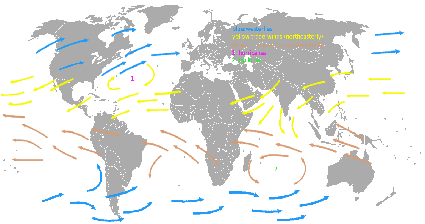
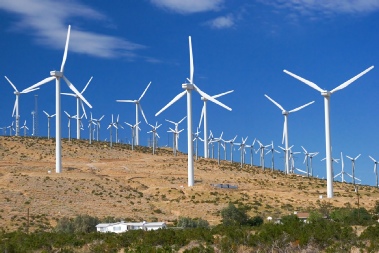
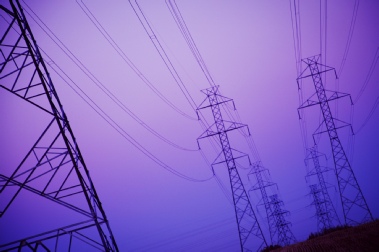
| Home | Company | Technology | Wind | Contact |
© Copyright 2014 SP Power Farm Group Ltd. and SP Power Farm Group BC Ltd.
All Rights Reserved | Terms & Conditions